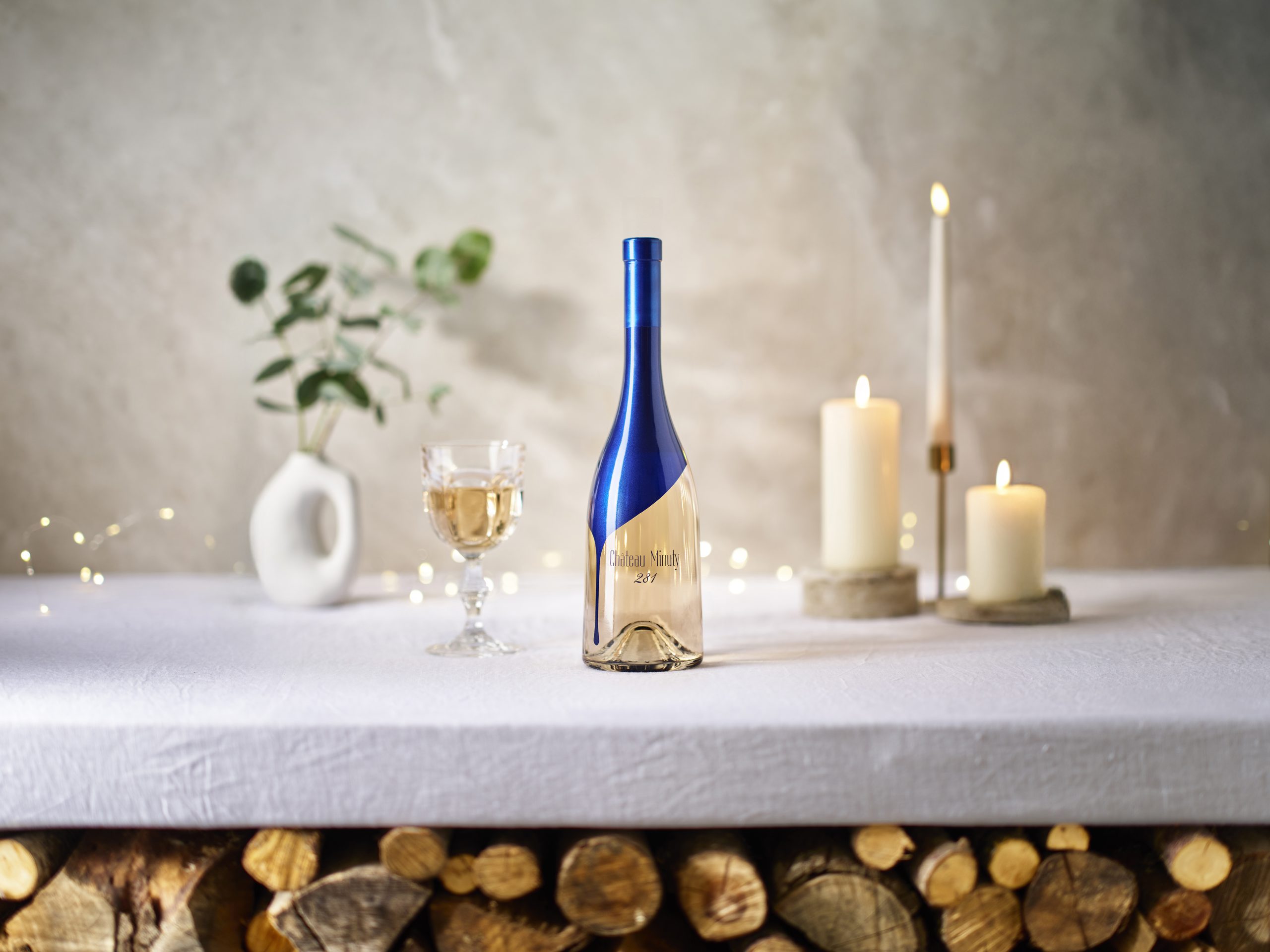Exclusive interview: Veuve Clicquot cellar master Didier Mariotti
Didier Mariotti officially took over as cellar master at Veuve Clicquot from Dominique Demarville at the start of this year, after 13 years working at GH Mumm, the first three in tandem with Demarville. He talks to Giles Fallowfield about his good fortune and the challenges ahead.
Almost exactly six months to the day after he joined Veuve Clicquot in August last year, Didier Mariotti, on a first trip to London with his Clicquot hat on, is in very upbeat mood. “It’s a new lease of life for me, I feel 15 years younger. It a great thing to be learning again, asking questions, being curious about everything, I feel re-energised.”
Mariotti didn’t seek out a move from G.H.Mumm, where he worked for 13 years, the last decade as chef de cave, but he recognises his good fortune in landing the Clicquot job, one of Champagne’s most glamorous. When he heard the news last April that Demarville was leaving, he called him, also speaking to former Dom Pérignon winemaker Richard Geoffroy, who he’s kept in touch with since they worked together at Moët at the outset of his career from 1995-99. They both encouraged him to apply for the vacant position. “Since I came to Champagne, I’ve been very lucky with the people who have inspired and guided me.”
Mariotti acknowledges his debt to Demarville and agrees that the changeover has been made much smoother by the fact he’s following in Demarville’s footsteps and they’ve had four months together before, during and after the 2019 harvest, for him to learn the ropes. “I’ve been working alongside Dominique, tasting the reserve wines, overseeing the [2019] harvest, trying the vins clairs, sharing his vision for the brand. It helps that we had three years together at G.H. Mumm. Taking over from him you know that everything is very well organised, the vision is clear. In that sense, it’s easy to follow him.”
There is however a lot to learn and Mariotti has immersed himself in the Clicquot culture. “You need to know about the make-up of the house first. Even though I’ve tasted everything once – the very large collection of reserve wines, the 2019 vins clairs, the current range – it’s like a huge puzzle, with all the pieces in front of me to make sense of. You have the understand the house style and what is needed to reproduce it,” says Mariotti.
At Clicquot production of its trademark Yellow Label is built around its use of reserve wines. “We have an amazing diversity of reserve wines that we keep separately by grape variety, cru by cru and vintage by vintage. It’s not something I’ve seen in Champagne before. When you are working on Yellow Label you have all the colours in front of you. It’s a very complex process, you have to learn what each element can contribute to the blend. It’s about precision.”
One of the main initial challenges for Mariotti in his new role, has been to learn the tasting language the winemaking team uses to assess quality, whether tasting vins clairs, or the vast array of reserve wines and how they develop and change over time. “Every house has its own language and way of grading the wines and you have to learn to taste for the house style, looking for the elements the different cuvées need, not assessing them for yourself. Whether the style is more reductive, oxidative or something neutral in between.”
“Four months working with Dominique isn’t very long to learn all this, but he did explain to me a lot about the work needed to create the Yellow Label blend, how to use the reserve wines and recognising the importance of what you put into the reserve each year. He also explained his vision for La Grand Dame, where he increased the proportion of Pinot Noir in the blend for the recently released 2008 vintage.
Partner Content
There are three wines in the range that really explain the DNA of Veuve Clicquot for Mariotti. Yellow Label, where you see all the wide diversity of the Champagne vineyard; Extra Brut Extra Aged which is designed to show off the range and depth of the reserve collection and shine a light on Yellow Label quality, plus La Grande Dame which is about the excellence of top vineyard parcels.
“Dominique created this new cuvée [Extra Brut Extra Aged EBEA] as part of his vision for the brand and clearly a central part of this role is to maintain the quality of the non-vintage wine, or if you can increase it, even better.”
While Mariotti won’t be looking to change things any time soon, it’s interesting to note that at the same time he was investing in more large oak foudres and some barrels back at G.H.Mumm, Demarville was doing something similar at Clicquot. Their use to date has largely been confined to adding some complexity of flavour and texture to the Clicquot vintage wines.
One restricting factor in their wider use has been a lack of space in the current Clicquot winery in Reims. But looking ahead, with the first part of the brand’s new Comète winery due to open in June on a 47-hectare site east of Reims, space will no longer be an issue.
Mariotti has timed his arrival at Clicquot impeccably, he agrees. Following in Demarville’s footsteps everything is very well set up, there’s a great team in place and a clear vision about the direction of travel. Then there’s the “amazing quality” of the recently gathered 2019 harvest. “All the vins clairs are graded good or very good.” And on top of that from June he’ll have all the kit at the new, state-of-the-art winery to play with. No wonder Mariotti is smiling.




